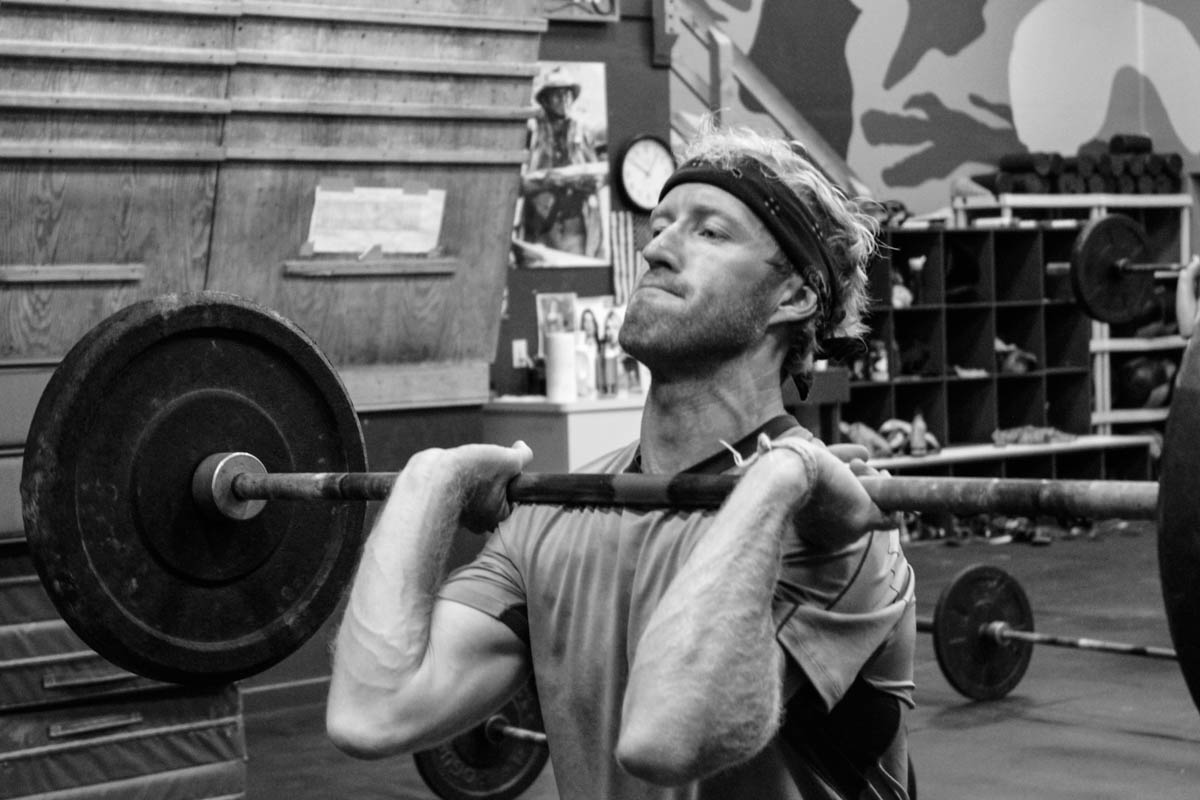
by Griffin Post
About this time every year, like clockwork, ski websites and publications will start rolling out their pre-season fitness guides. Amongst the endless, predictable fitness guidelines will be suggested exercises ranging from air squats to Bosu Ball balance drills. While these articles will offer no shortage of suggestions on how and what to train, they’ll conveniently omit details on why to train–properly. And, yes, there’s a difference. I’ve always trained hard in the pre-season, but until I started training at Mountain Athlete, these heart-felt sweat fests largely lacked an overall purpose. In this overall purpose, this “why,” lies the success in my skiing career that I can contribute to Mountain Athlete.
1. Opening Day as the Starting Line
I, like I imagine most skiers, trained hard in the fall to develop strength for the upcoming season. Once the snow flown, my training schedule was reduced to, well, the snow. This is the first mistake that many athletes make- seeing opening day as the finish line. It’s not the finish line but, rather, a different kind of starting line. A good mechanic doesn’t tune up a car, hit the road, and never think about it again- they make adjustments where performance is poor and properly maintain other parts. Likewise, a good skier, or any athlete, listens to his or her body and makes adjustments (read: trains) to poorly performing muscles, all the while not neglecting strongly performing ones. This is key to a successful season: constant maintenance and strength building.
2. Focusing Just on Strength
What serious skier doesn’t want to be stronger than they’ve ever been come November? It’s easy to measure progress in the fall and compare it to the previous season through weights; however, this isn’t an apt measuring stick for one’s preparedness for the season. Prior to Mountain Athlete, I was that guy that measured success and preparedness in what I could squat. However, as I learned, strength without durability is empty strength. Just as a pitcher that can throw a 95MPH fastball, but only for one inning is useless, a skier that can only perform at his or her maximum one day of the season is equally useless. Yes, strength is important, but durability and endurance are equally important.
3. Looking at the Body as a Whole
Skiing is a leg-intensive sport and, as such, many injuries that are sustained during the season have to do with the lower body, particularly knees. With this thinking, it’s easy to fall into the trap of focusing solely on the waist down. However, truth be told, on a professional level, a shoulder or back injury is just as much of a season-ender as a blown knee. Before coming to Mountain Athlete, I was the antithesis of the beach-muscles gym rat. Instead of the bench press, I was at the squat rack, instead of bicep curls I was doing leg curls. While this reasoning makes sense on some level, it leaves you incredibly vulnerable to other injuries. Sure, my body might be able to handle bigger drops than before but, when something went wrong, could my body handle the more violent crash? It’s only by being strong all around that skiers can not only get themselves into new terrain and situations but also get out of them as well.
The greatest mistake that I was making, in terms of training, was training without purpose. It’s easy to go to the gym, do back squats until you can’t walk and go home feeling accomplished and ready for the snow to fly. While these gym sessions weren’t wasted, without a big picture view on what an entire ski season entails, these sessions were falling well short of their potential. Now, by always focusing on the “why,” not just the “how” and “what,” I feel prepared for the first day, the last day, and every day in between.
You Might Also Like MTI’s In-Season Skiing Maintenance Training Plan
